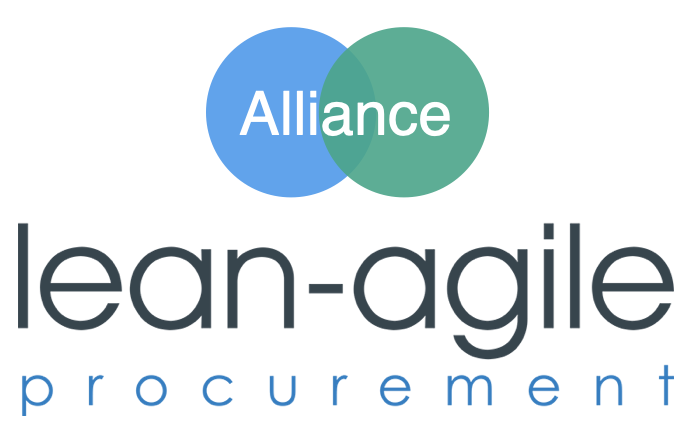3D-Printed Aircraft Engine - Is your Procurement as agile?
This week GE released this great GIF of its 1,300-horsepower advanced turboprop (ATP) engine in which more than one-third of the components have been built through additive manufacturing, or 3D printing. The company is showing off its creation in real life at this week's big air show in Oshkosh, WI. In other words hardware development is getting more and more agile, is your procurement as agile?
This week GE released this great GIF of its 1,300-horsepower advanced turboprop (ATP) engine in which more than one-third of the components have been built through additive manufacturing, or 3D printing. The company is showing off its creation in real life at this week's big air show in Oshkosh, WI. In other words hardware development is getting more and more agile, is your procurement as agile?
Background
Already in 2016 GE reported the first 3D printed jet engine. They made a simple 3D-printed mini jet engine that roared at 33,000 rotations per minute.
In contrast to traditional machining methods that typically cut parts out of larger pieces to get to a finished shape, additive manufacturing uses lasers to fuse thin layers of metal on top of each other to build parts from the ground up. This advanced technique means less material waste and more complex parts that can be built precisely to optimize how they work inside a machine.
“This is not a matter of simply replacing one production method with another, but of reinventing the way aviation engines are conceived and designed”
"There are really a lot of benefits to building things through additive,” says Matt Benvie, spokesman for GE Aviation. “You get speed because there’s less need for tooling and you go right from a model or idea to making a part. You can also get geometries that just can’t be made any other way.“
As Joe Justice, creator of Scrum@Hardware, Scrum Inc. recently mentioned: „Thanks to the new technics it’s no problem any more in hardware development to build an engine (working increment) within one iteration!“. One iteration is by definition of scrum less than 4 weeks, modern teams usually use 1-week sprints.
Conclusions
If hardware development is getting that fast and flexible procurement has to adapt too. It’s predictable, that we will change our partners in a much more adaptive way as we'll do with the production method depending at the current customer needs. In other words we need to close the gab regarding speed (DAYS instead of MONTHS) and become as innovative in sourcing a new partner as the product development is.
Read more about how you could do that with lean-agile procurement
Sources:
http://www.ge.com/reports/reengineering-elevators-transform-21st-century-cities/
http://www.ge.com/reports/treat-avgeeks-inside-look-ges-3d-printed-aircraft-engine/
GE Made a Real 3D-Printed Plane Engine and Here's a Gorgeous Look at It

